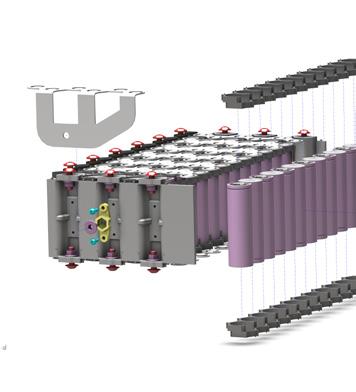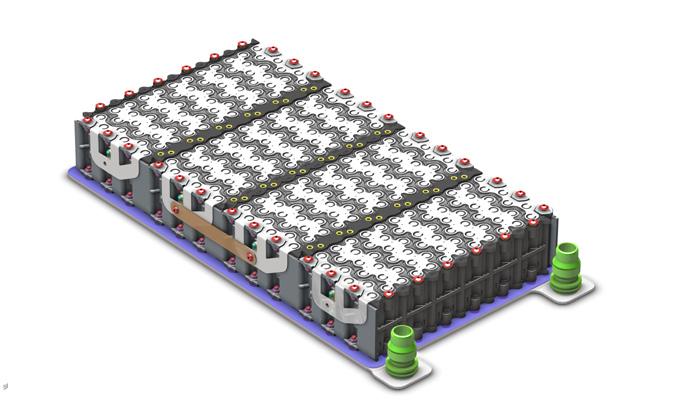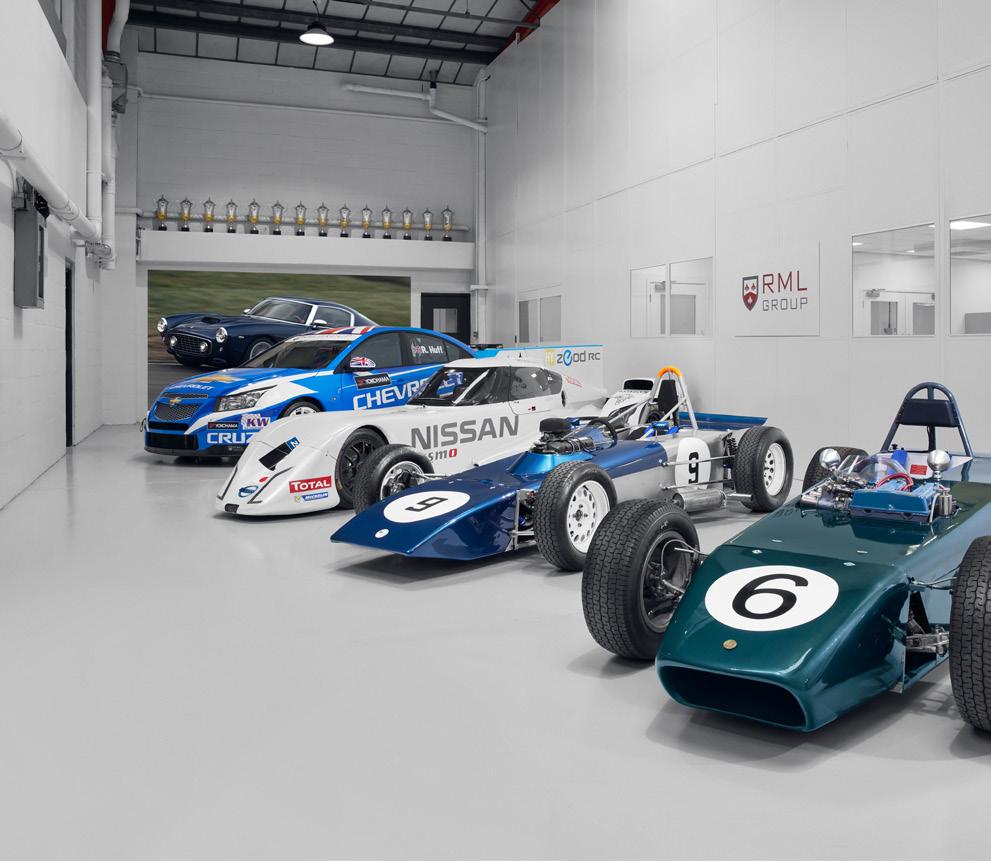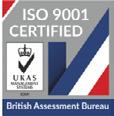HIGH
We are your trusted partner.
RML was founded in 1984, our engineering and racing heritage can be traced back to the 1950s.
Throughout our time, we have engineered and produced multiple World, European and British championship winning cars as both a team and manufacturer.
This success has spurred us on to become world leaders in automotive design, development and build; and pioneers in EV technology. Whether on road or track; performance, passion and a winning drive, underpins everything we do.
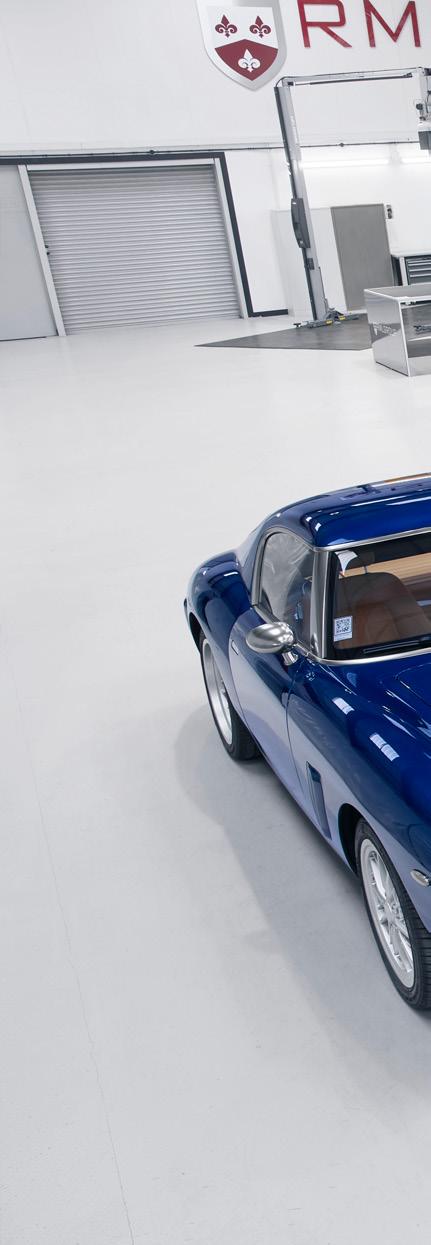
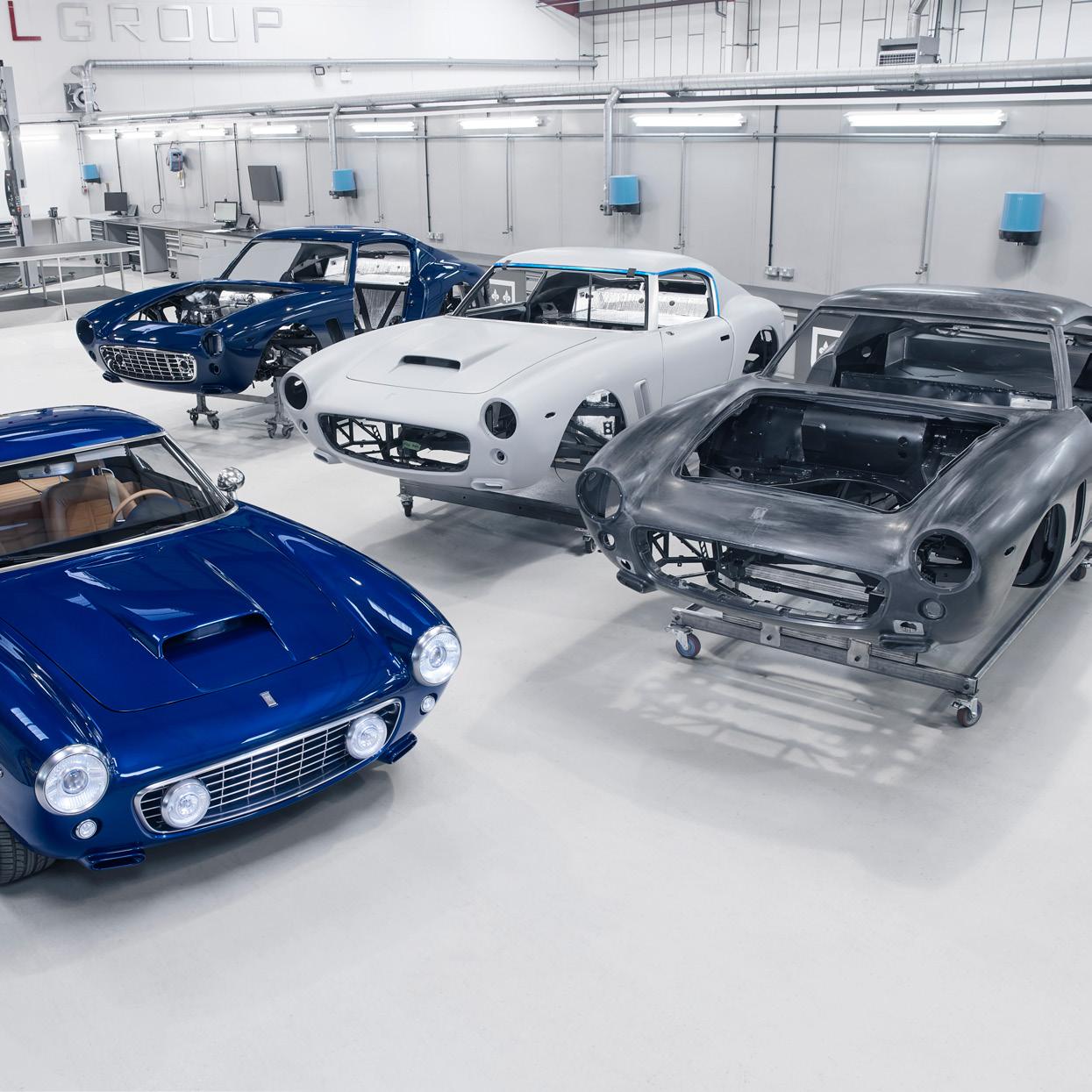
POWERTRAIN HISTORY
Entering the world of electrification with the groundbreaking Nissan ZEOD RC, RML’s battery design, development and manufacturing capabilities have continued to grow over the past decade.
These now include both high-power and high-energy battery systems, providing leading-edge technology in electrification for world class automotive and offhighway applications. We’ve designed, developed and built some of the world’s highest-performing and most efficient Pure BEV and Hybrid battery systems.
RML designed, developed, manufactured and ran the NIO EP9, a pure BEV hypercar which broke the Nürburgring EV lap record in 2017.
Our immersion cooled Hybrid battery system is one of the most power dense systems in the world. This UN38.3 Reg100 certified pack entered series production for the road legal OEM Hypercar at the start of 2024.
Our latest configurable battery module reduces barriers to entry in the transition towards electrification. We utilise a common core design with built in configurability for cell selection, power, capacity and cooling technologies, along with multimodule scalability at pack level.
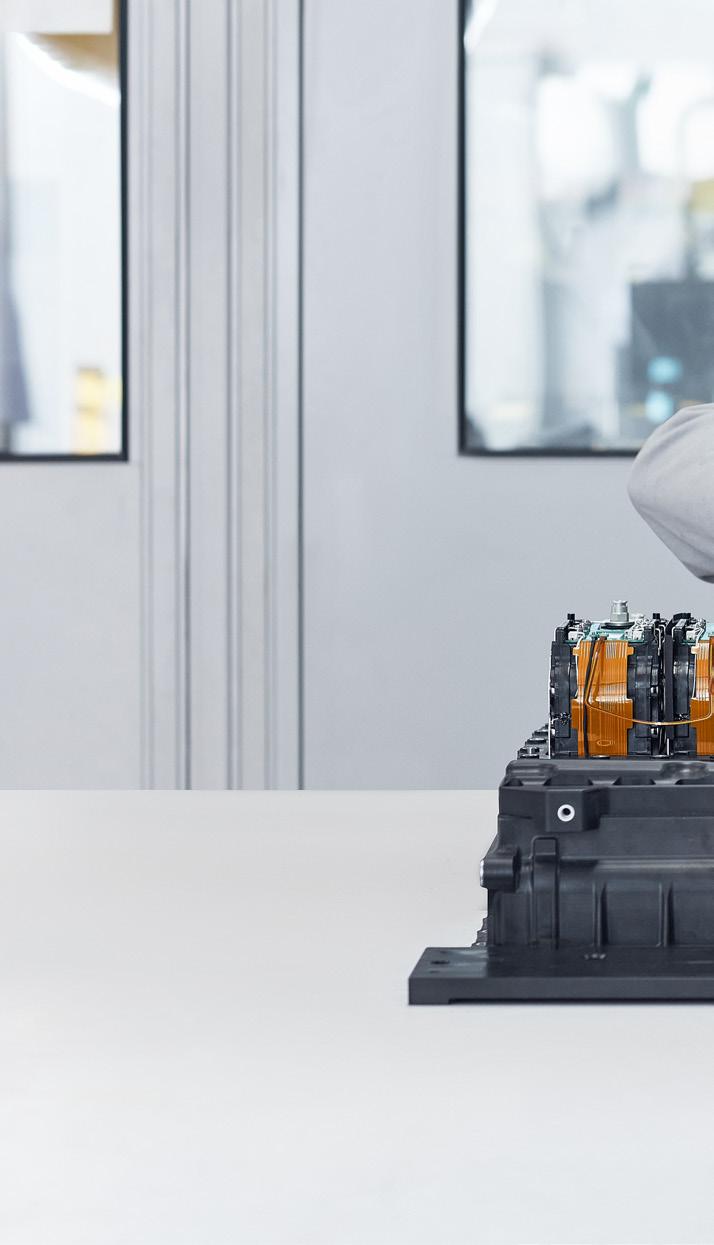
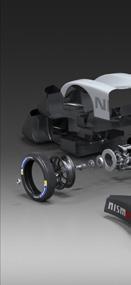

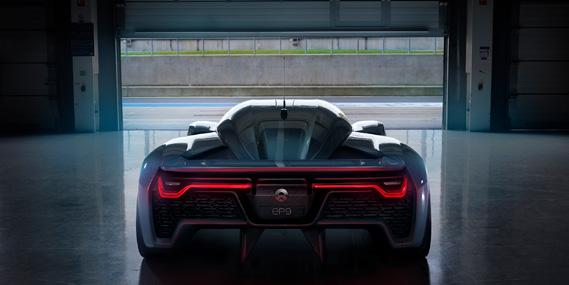
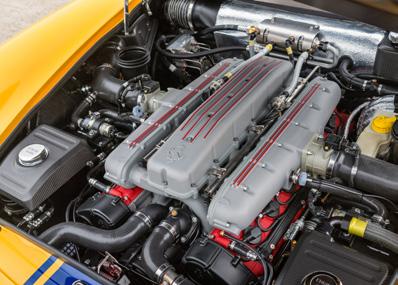

INVESTMENT DECISION
CONCEPT DESIGN
OPERATIONAL CONCEPT
SYSTEM VALIDATION PLAN
SUB-SYSTEM VERIFICATION
OPERATIONS AND MAINTENANCE
HIGH FIDELITY 1D
MOVESIM HIFID CHASSISSIM CELL DATABASE
SYSTEM REQUIREMENTS
SYSTEM VERIFICATION PLAN
HIGH-LEVEL DESIGN
MULTIPHYSICS
CFD (ANSYS FLUENT)
CHT (ANSYS FLUENT)
FEA (ANSYS/NX)
ELECTROMAGNETIC (ANSYS MAXWELL)
DETAILED DESIGN
SUBSYSTEM VALIDATION PLAN
UNIT/ DEVICE TEST PLAN
SYSTEM VERIFICATION/ DEPLOYMENT
SUB-SYSTEM VERIFICATION
UNIT / DEVICE TESTING
PRODUCTION MANUFACTURE AND ON-SITE ASSEMBLY
ENGINEERING APPROACH
RML’s typical engineering approach follows a V model format. Employing and refining tailored tools, coupled with effective validation for every phase of the product development lifecycle.
The starting point is a detailed understanding of the application, requirements capture and initial concept designs.
This is then broken down into operating principals and system requirements supported by high fidelity system level modelling and simulation.
We then move into detailed component level design with 3D modelling and Multiphysics simulation.
Each stage is signed off against the equivalent requirements and boundary conditions set.
As part of our drive for continuous improvement, a 5Cs process is deployed within our ISO 9001 certified Quality Management System to investigate and resolve non-conformities.
Our landmark achievements present real-world proof of the effectiveness and efficiency of our approach.
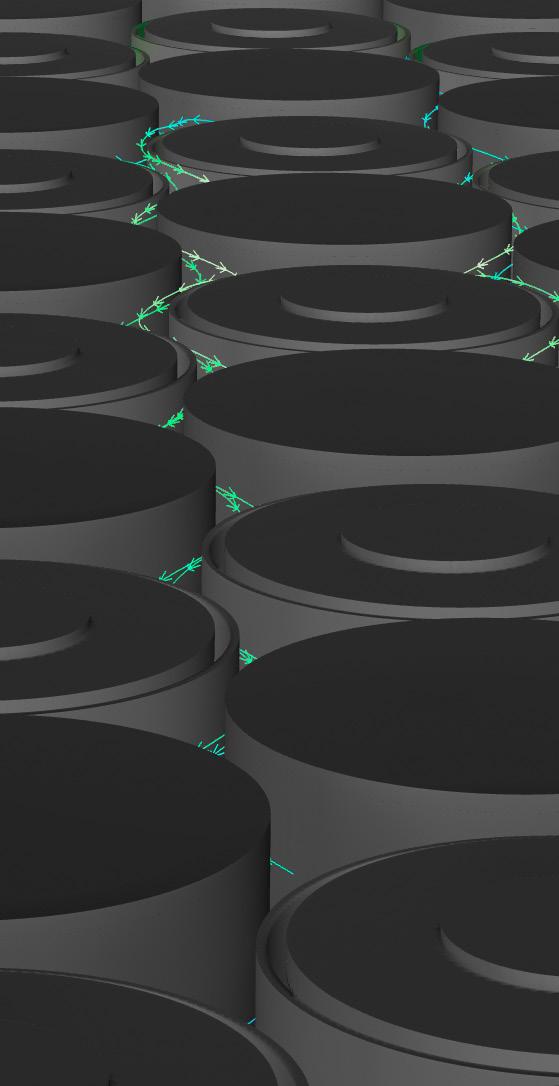
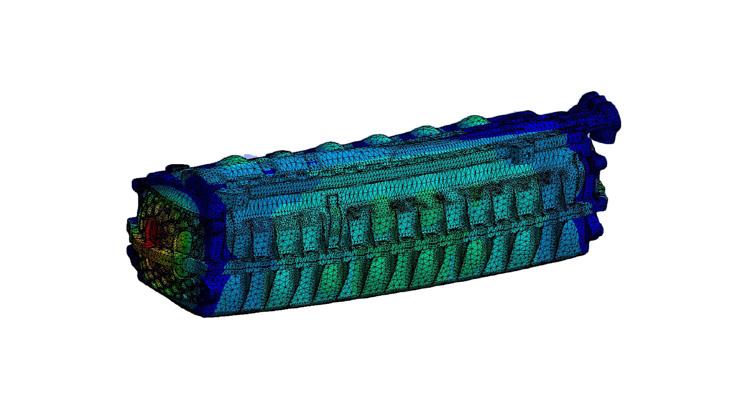
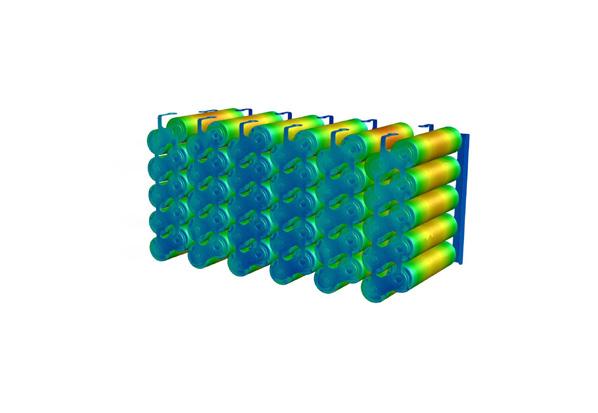

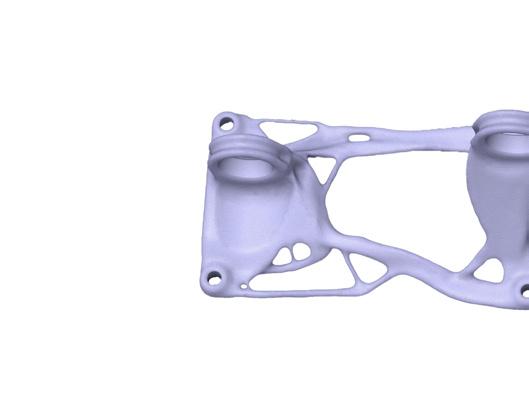
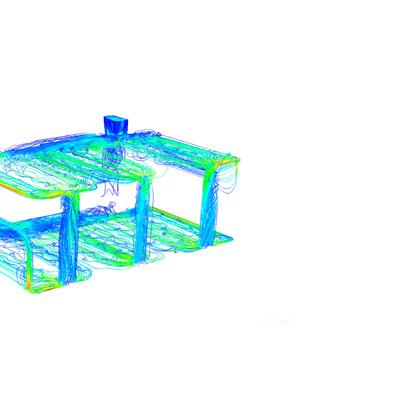

SIMULATION
Our simulation capabilities play a pivotal role in the design and development phase of our projects. Through simulation, we predict performance, swiftly pinpoint potential issues, and refine designs with efficiency, all without the costs and time constraints of physical prototypes.
Full vehicle 1-D powertrain, chassis and sub system modelling utilising our in-house developed MOVESIM Matlab/Simulink tool with ChassisSim integrated co-simulation.
Straight line performance and Lap Time Simulation.
Legislative cycle simulation for Range and Fuel Economy.
Powertrain matching, hardware and controls optimisation.
Battery sizing from our comprehensive in-house cell database (complete with in-house cell characterisation and equivalent circuit model development).
Cooling system sizing.
CFD for flow optimization in immersion cooled batteries.
CHT for battery and electronics cooling, both steady state and transient.
FEA for pressure vessel, interference fit, and dynamic load assessments.
Durability assessments for structures exposed to both random and sinusoidal vibration.
Ansys Maxwell for eddy current losses, and associated voltage distribution in high current bus bars, to ensure voltage tapping points for battery management systems are located appropriately.
This process not only instills confidence in the reliability and performance of our products but also guarantees that we exceed the standards and expectations set by our clients.
MECHANICAL DESIGN
Having delivered world firsts and record holding electrified complete vehicle projects ourselves, we understand the interdependencies between the battery system, chassis, cooling systems and drivetrain.
Our capabilities in full vehicle design and simulation provide an integrated complete vehicle approach to reduce any compromises that may be required when using separate vehicle and powertrain providers.
RML’s mechanical design expertise allow us to optimise solutions to the customers applications and use cases. This has enabled us to develop what we believe to be the most power dense battery systems available that is also homologated for road use.
Characteristics such as:
Packaging constraints and sharing structural elements with the chassis.
Optimised fluid flow paths to improve cooling efficiency.
Enhanced management of thermal and electromagnetic effects across HV conductors.
Lightweight material selection and component design utilising injection moulding manufacturing processes.



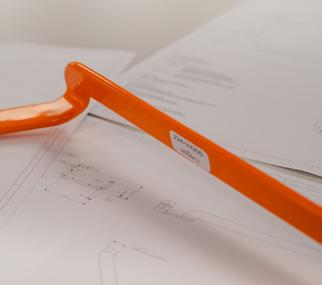
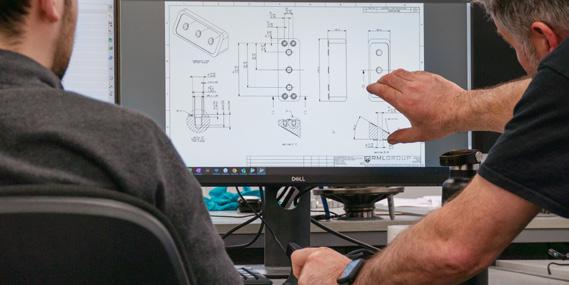
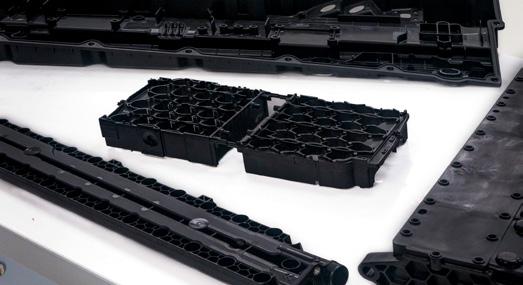
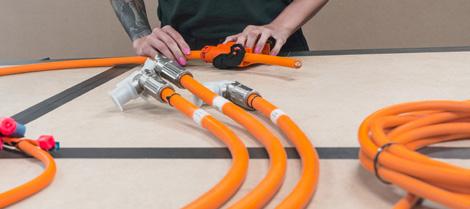
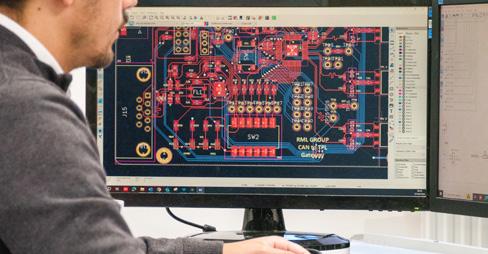
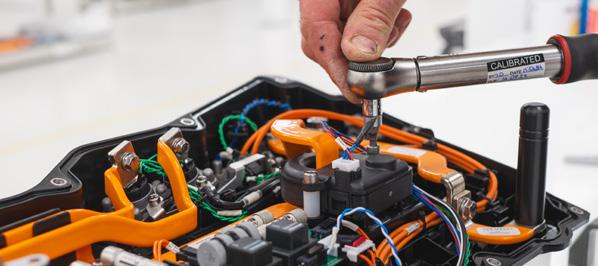
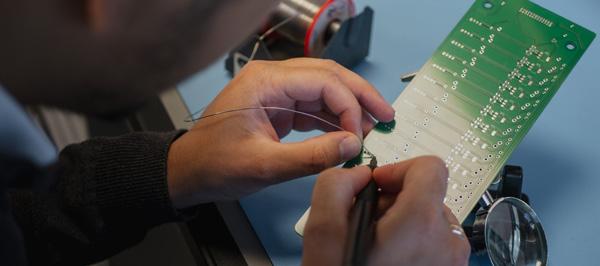

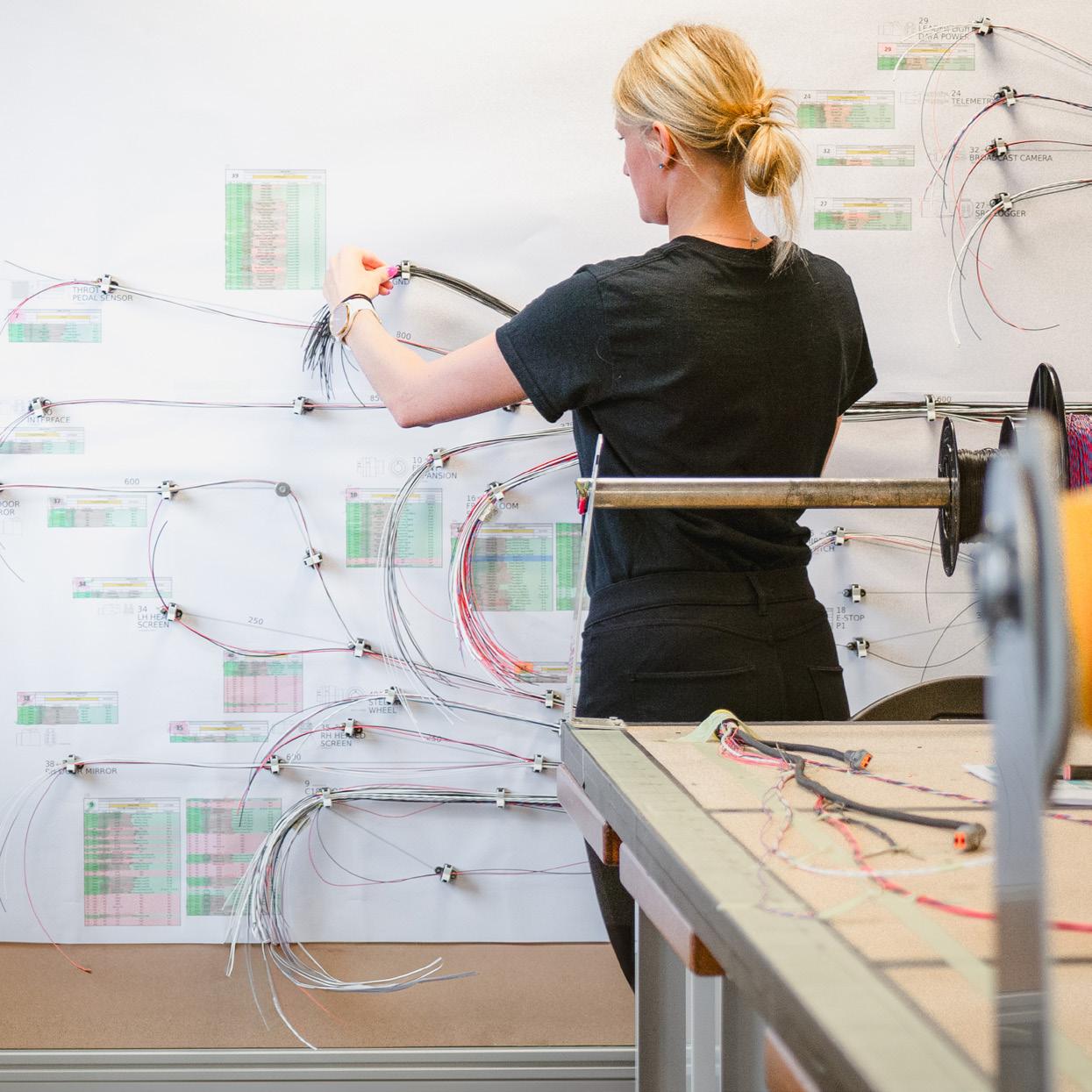
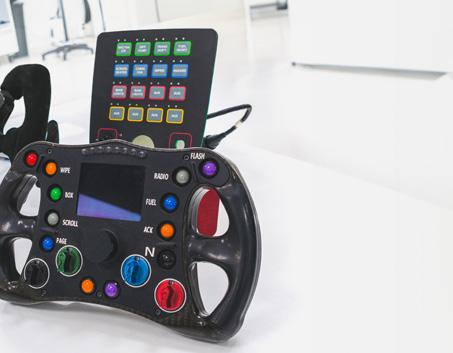
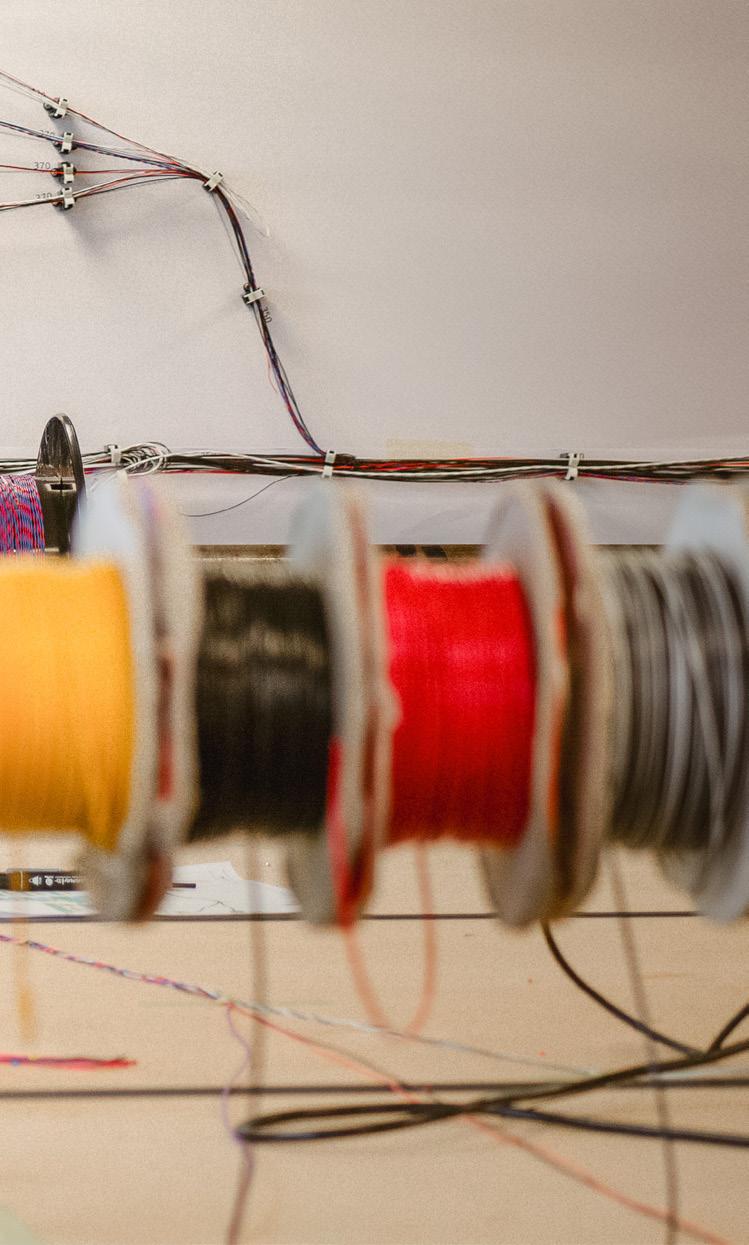
ELECTRICAL
RML’s in-house electrical department possesses the capabilities to design and manufacture wiring harnesses and PCB based systems from prototypes to niche volume production runs.
High voltage and low voltage wiring harness design and manufacture.
Full vehicle CAD system electrical architecture design and development.
Vehicle electronic systems design and manufacture - for example: HMI, Power Management, Switch Panel, HVAC interface, ECU, BMS, VCU and associated electronics.
Vehicle communication bus reverse engineering and configuration (CAN, LIN).
Fully automated loom harness testing using Cirris Tester up to 1800 pins.
Wiring harness manufacture to Automotive, Motorsport and Defence specifications.
Build to print for 3rd party customers.
Bespoke PCB design.
CONTROL SYSTEMS
RML’s dedicated control systems provides added value to our battery pack solutions. This is done by developing custom control strategies to greater harness the performance of the overall system, relevant to the application and use case scenarios.
Example factors include:
Optimisation of power and range.
Pack Longevity.
Enhanced safety factors.
Coolant system management such as pre charge conditioning.
Improved vehicle dynamics, drivability and handling characteristics.
Performance optimisation based on the expected drive cycle.
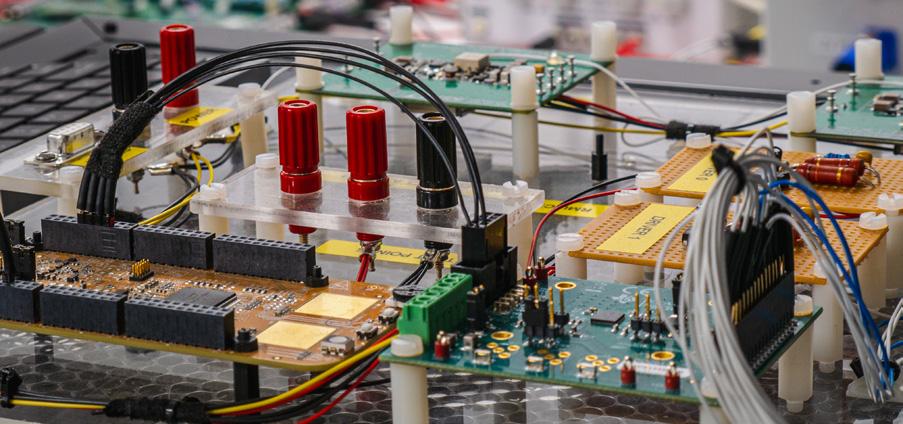
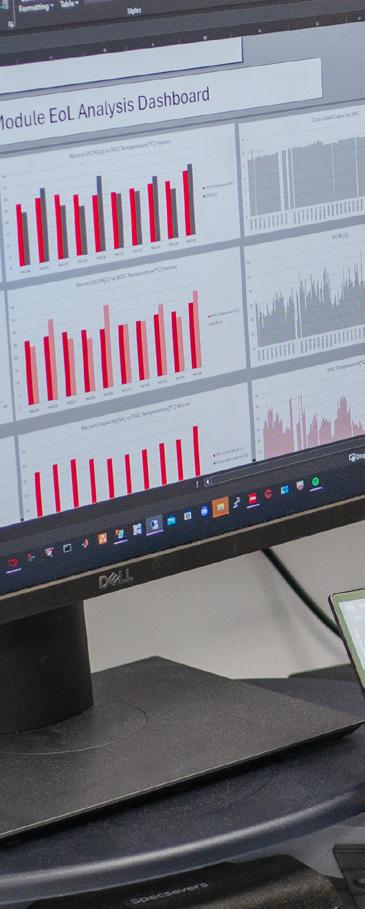
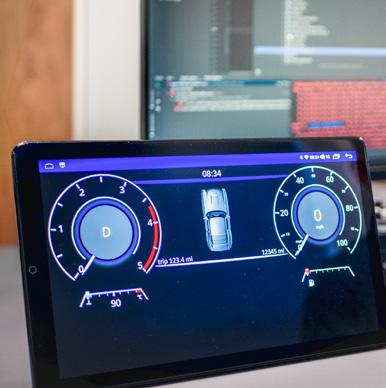
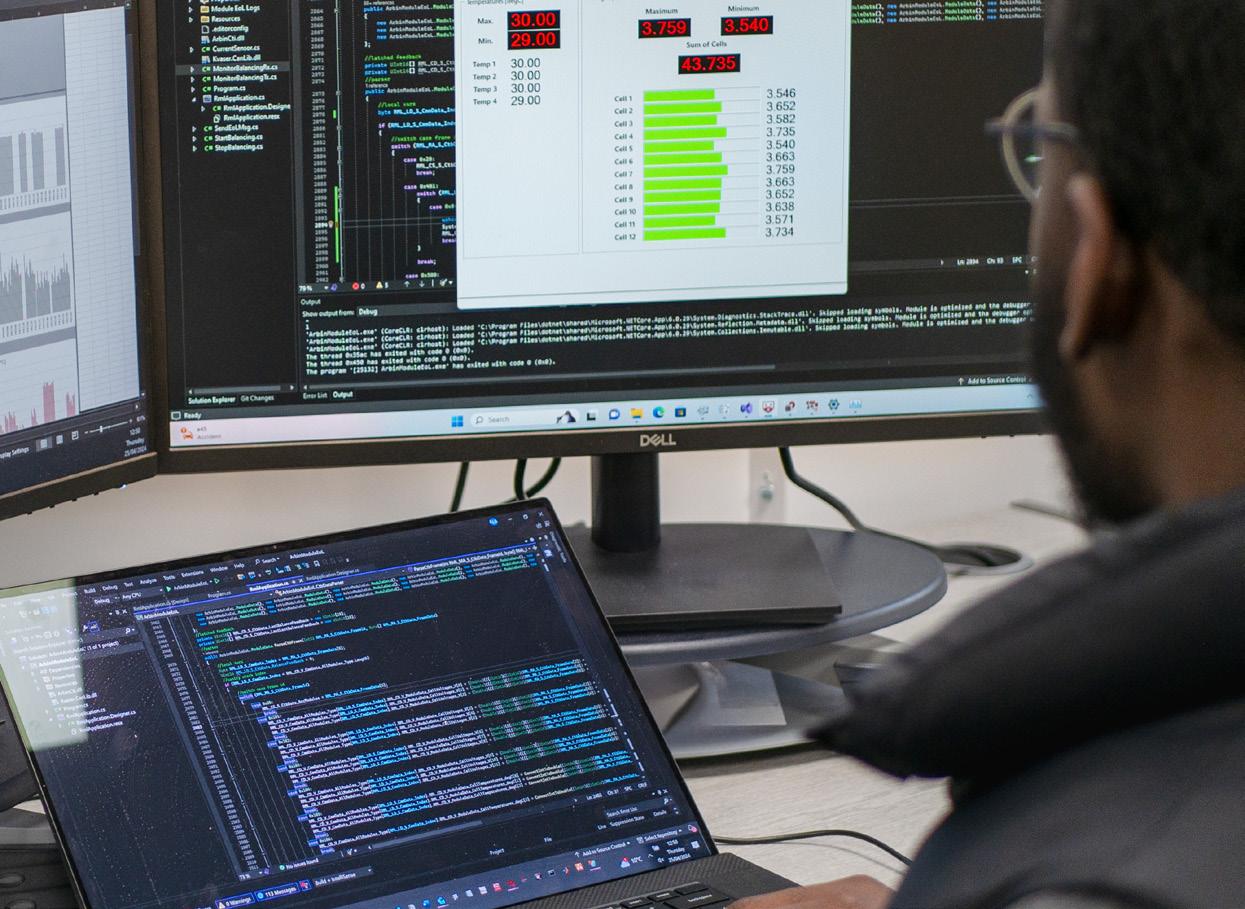

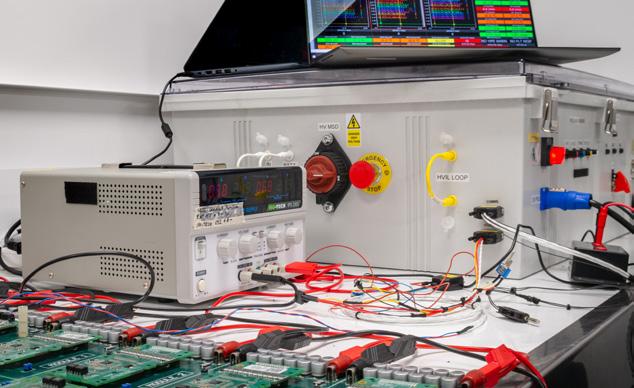
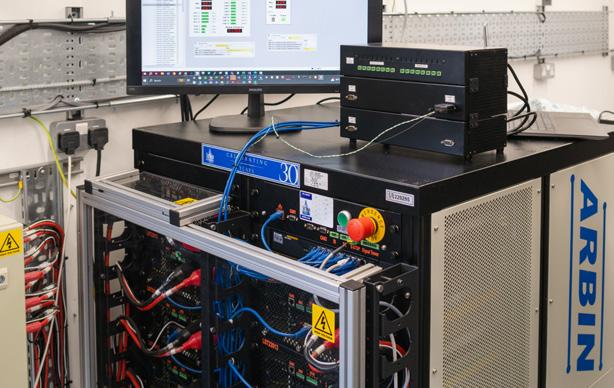
BUILD
The RML facility currently includes 64,000 sqft of engineering and manufacturing space across 3 units with key carded access and compound security systems.
A dedicated 10,000 sqft battery and powertrain battery manufacturing area features restricted access to promote a clean and safe environment for utmost quality.
Featuring state of the art equipment such as laser cell welding with laser depth dynamics and automated quality reporting, we have the procedures, and equipment to manufacture high voltage, energy and power dense battery packs.
Our flexible production line allows the facility to be easily scaled or modified depending on the type of battery and technology being produced. As well as catering for volumes from one off development units to niche volume production.
Additionally, our highly qualified HV trained staff provide class-leading expertise, many having worked throughout the highest levels of motorsport and OEM automotive industries.
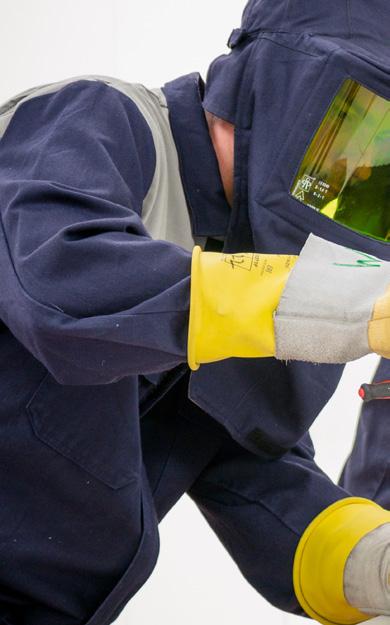
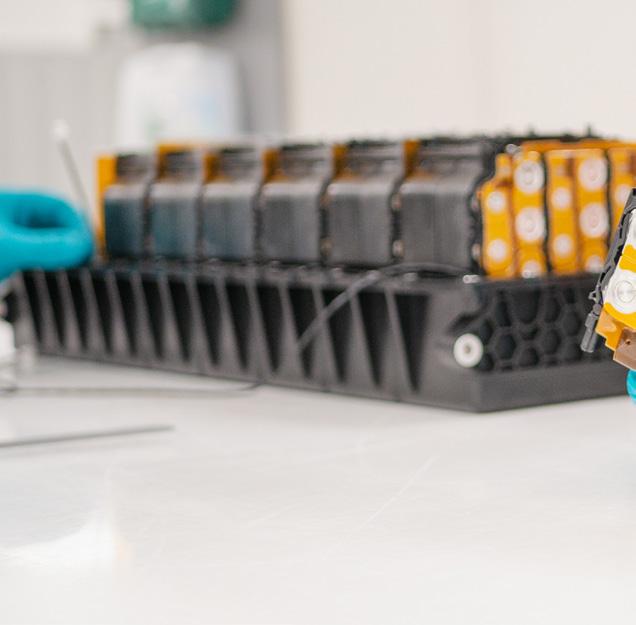
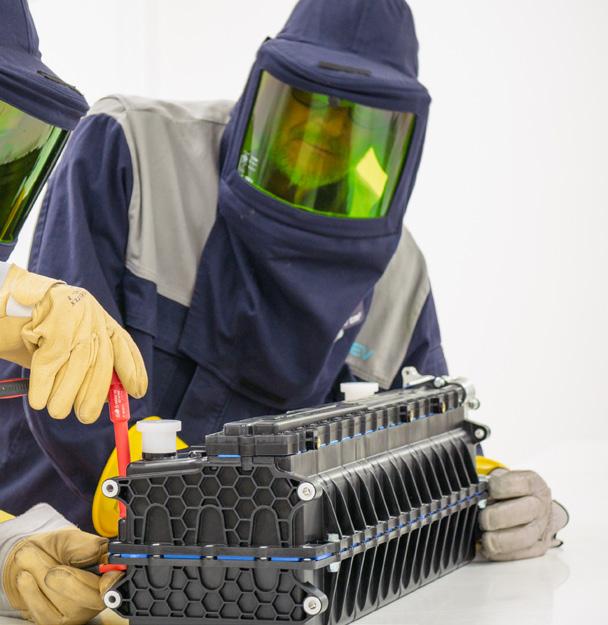
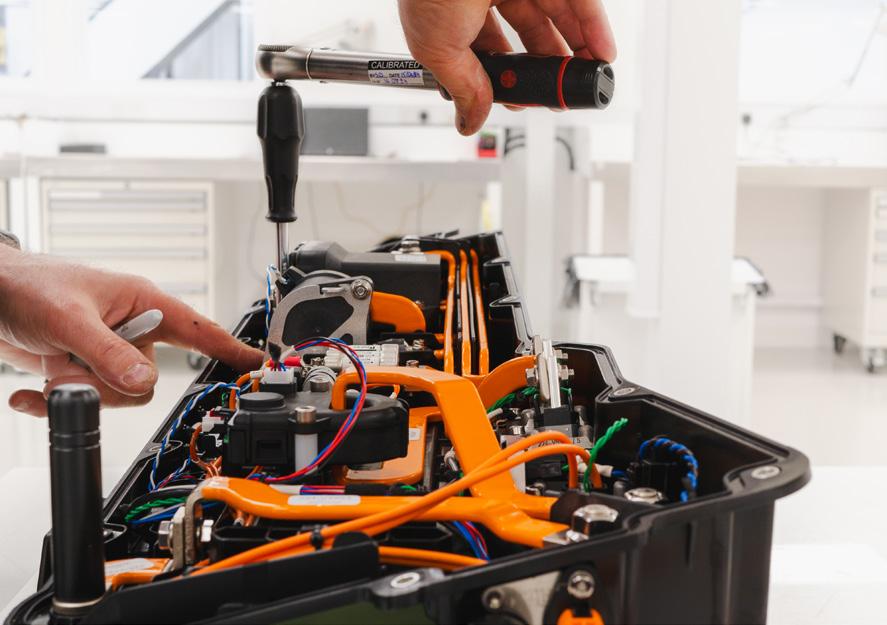

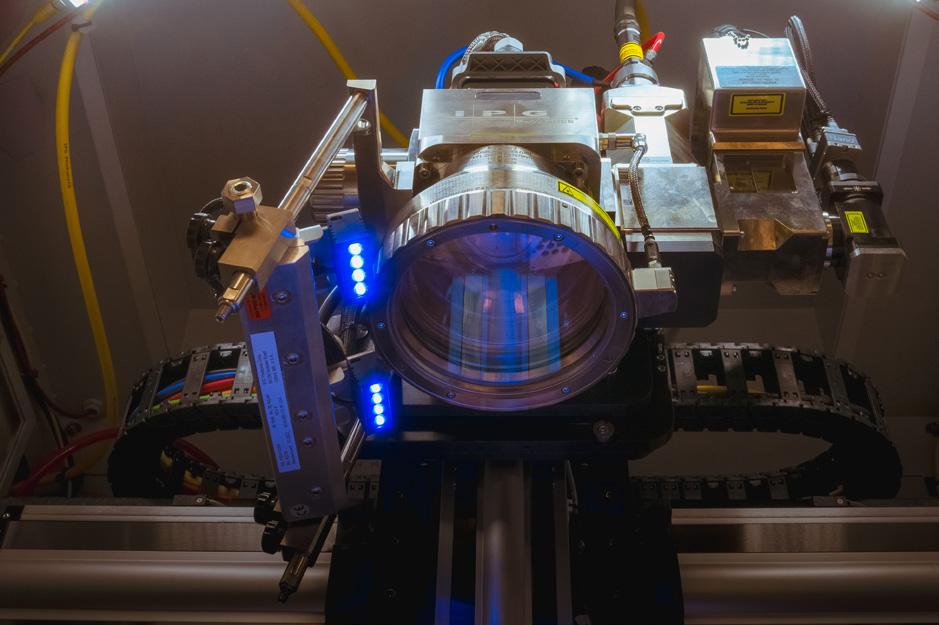

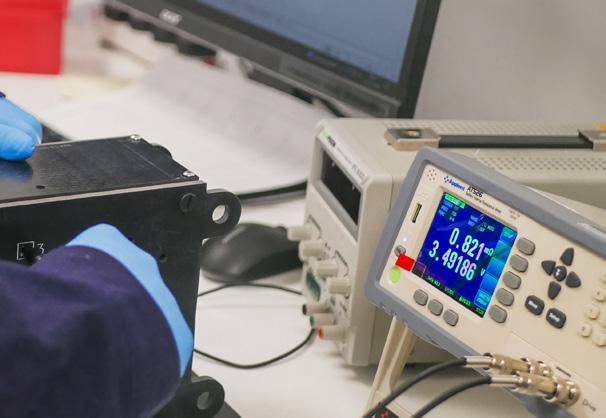
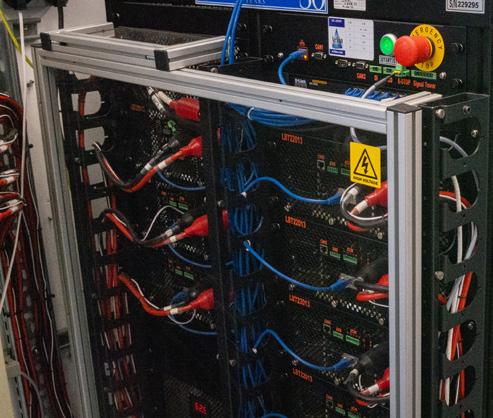
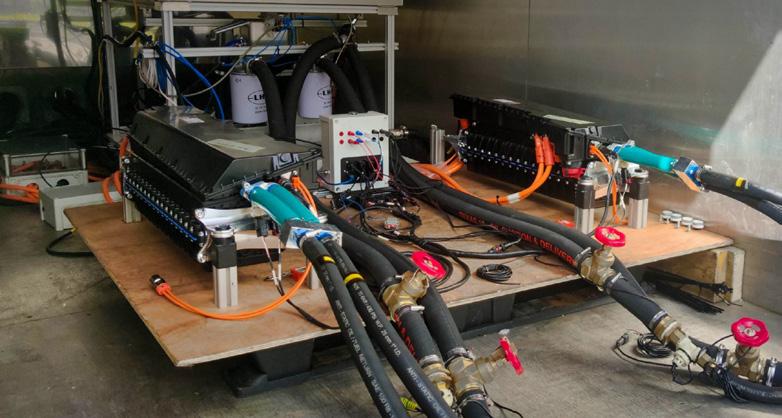
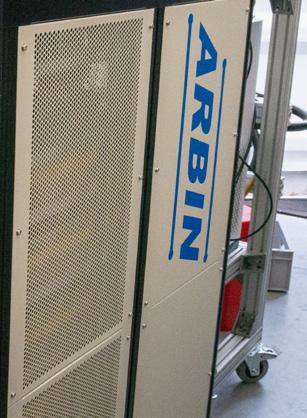
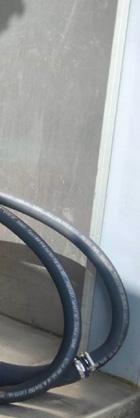
TEST AND VALIDATION
To deliver confidence in our solutions, we utilise our in-house test and validation capabilities to ensure that the systems operate according to design intent. The results of the validation tests are verified against design specifications set at each stage of the engineering cycle. They are also correlated against simulation and CAE models for accuracy and fine-tuning, further refining the models if required.
These capabilities allow RML to support development tests from new design concepts all the way through to the homologation of mature designs and transition to volume production.
Laser weld development and testing.
Powertrain HIL rig for BMS and vehicle control.
Cylindrical and pouch cell characterization.
Cell teardown and modeling.
Cell abuse testing (short circuit, etc.).
Cell aging.
Module end-of-line test and cycling.
Battery pack end-of-line testing.
Battery system duty cycle testing.
Vibration and shock testing.
Fast charge cycle testing.
Dielectric oil test and characterisation for immersion-cooled systems.
Homologation to UN38.3, UNECE Reg100, etc.
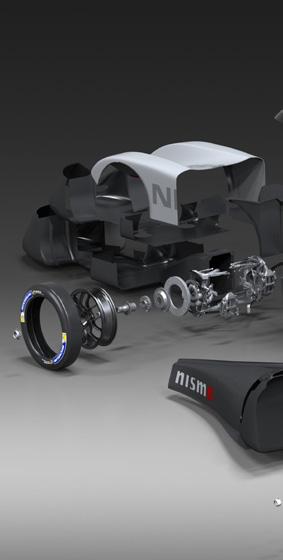
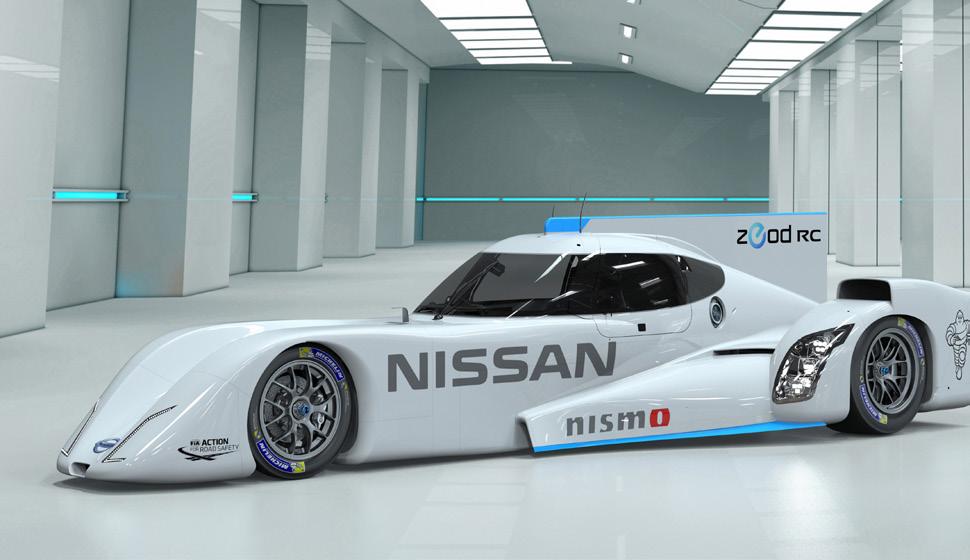
ZEDO RC
It would be hard to find a better showcase for innovation than the revolutionary Nissan ZEOD RC (Zero Emissions On Demand Race Car) which logged the first electric-only racing lap of the Le Mans 24-Hour circuit in 2014.
RML developed and ran the experimental petrol-electric sports racer for Nissan at Garage 56, the grid slot reserved for a car that imaginatively employs new technology.
The ultra-lightweight, low drag vehicle and powertrain combination resulted in a total race weight of drive, car and fluids of 700kg
For it’s break-through powertrain, we blended a 400bhp 40kg three-cylinder 1.5 litre petrol engine which was designed and developed in-house at RML. With a pair of 110kW electric motors, fed by a 400V, 12.5kWh, 280kW battery pack.
These crucial electrical components enabled Nissan to rewrite history books. Along the Mulsanne Straight, ZEOD RC reached more than 300km/h (186mph) on electric power alone.



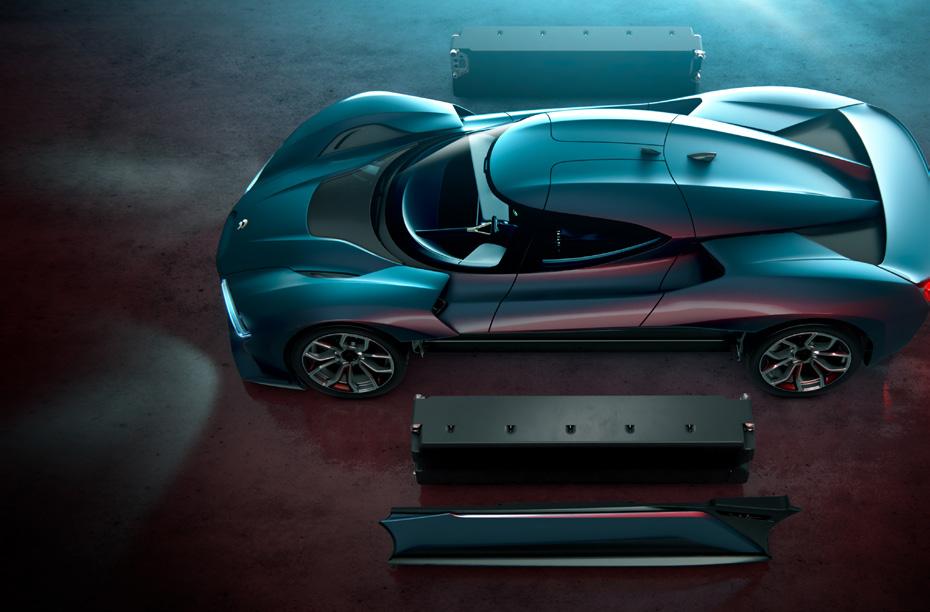
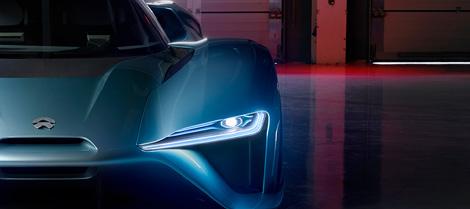
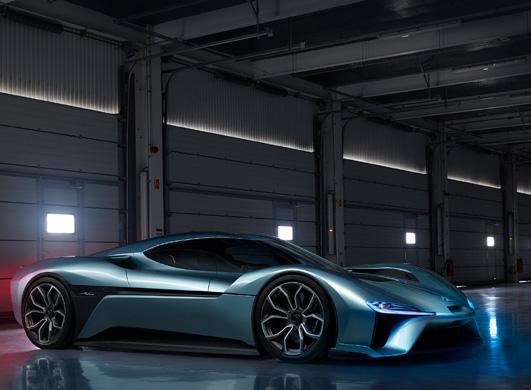
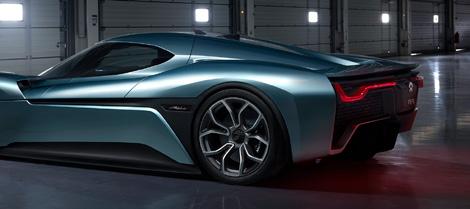
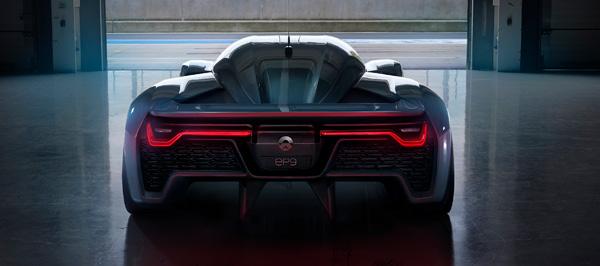


NIO EP9
A client exploring the outer reaches of possibility with electric vehicles came to us with a body shape and an amazing brief: design, engineer and make the world’s fastest electric vehicle, could there be an autonomous version too? With the exception of styling, we were responsible for everything.
In just 14 months we delivered a sensational car that topped 310km/h (193mph), hit 0-100km/h in 2.7 seconds had enough downforce to generate 3G in 100mph corners and three tonnes of downforce at 300km/h (186mph) – which is more than an F1 car.
Designed, developed and manufactured:
Carbon fibre tub.
Suspension, which included the four-way adjustable ride height.
The aerodynamic components, including the active rear wing.
Four inboard electric motors delivering one Megawatt to the wheels.
Generating well over 3G longitudinal force which required bespoke tyres.
4WB torque vectoring.
The performance demanded an unprecedented braking system.
Passive cooling system to maintain optimum temperatures.
Interchangeable battery system that permits quick battery changes in line with the OEMs design ethos.
In the cockpit, we devised and made digital systems using wearable technology that interfaced with the driver in an instinctive way to simplify and clarify information delivery.
A total of 16 cars were built for the OEM and we achieved an outright EV lap record at the Nürburgring, Nordschleife in 2017 at 6:45.9, along with the autonomous lap record at COTA at 2:40.330.
OEM HYBRID HYPERCAR BATTERY
The RML Hybrid battery system is one of, if not the most power dense battery systems available, with 4.3 kWh capacity capable of delivering up to 400kW power resulting in a C rating of nearly 100!
All of this is packaged inside a custom injection moulded housing with immersion cooling.
The result is an ultra-lightweight 800V split pack system featuring two halves, weighing less than 85kg including coolant, BMS and PDU.
This UN ECE R100 and UN38.3 certified pack will be featured within a US OEMs hybrid Hypercar that enters series production in Q2 2024.
RML also worked closely with the OEM throughout the project to define other vehicle level systems. By performing initial vehicle modelling and simulations to identify and set powertrain and battery specifications, we also developed the hybrid strategy and cooling system requirements.
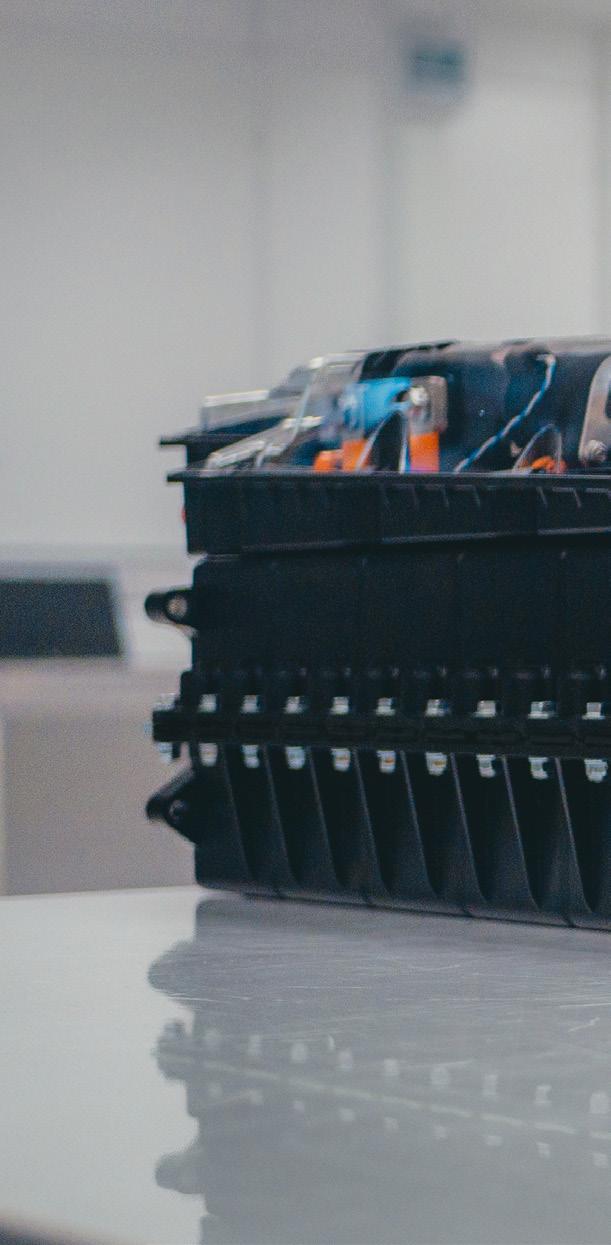
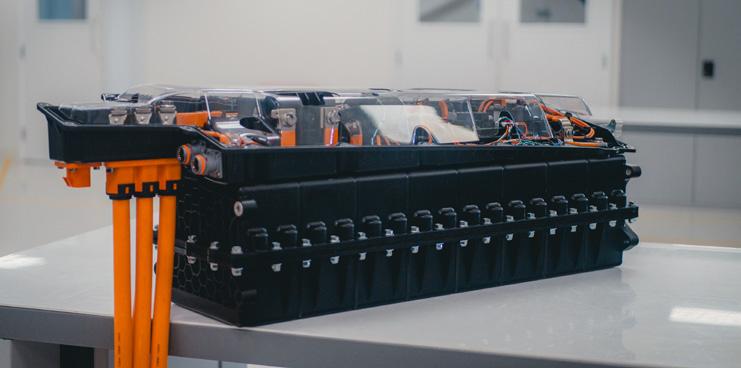

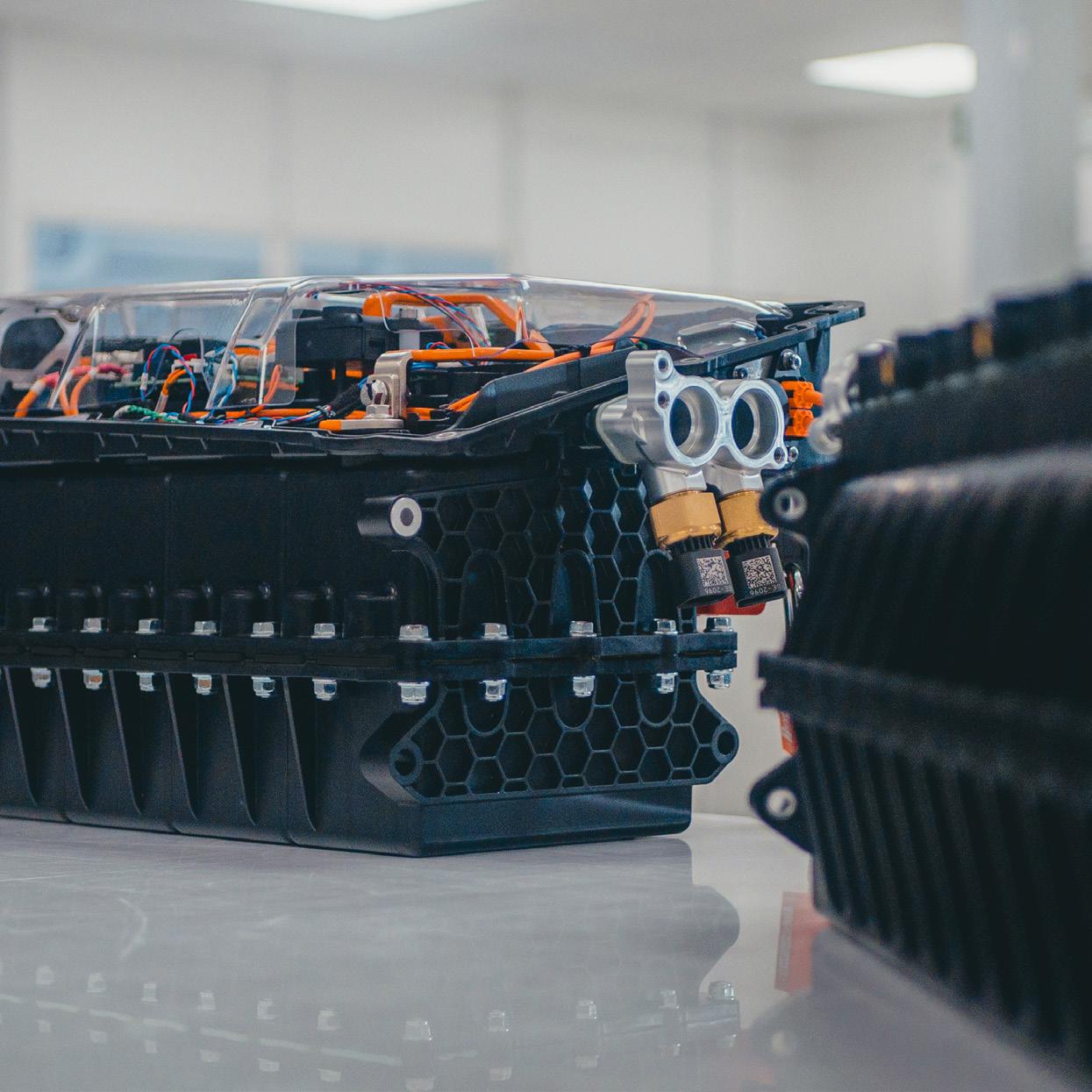
CONFIGURABLE BATTERY MODULE
Reducing development costs by utilising common design elements across multiple applications.
COMMON DESIGN ELEMENTS
Our latest configurable battery module reduces barriers to entry and development costs in the transition towards electrification. We utilize common core design elements with built in configurability to satisfy multiple applications.
MULTIPLE CELL OPTIONS
12 cells in series (common Battery Management System configuration) are utilised, resulting in a typical peak voltage of 50.4 Volts (under hazardous voltage regulations). The module is designed to take multiple 21700 cell options which are tailored to the application and customer requirements as part of an optimised solution.
SCALABLE ENERGY CAPACITY
Configurable parallel strings provide the flexibility to adjust the energy capacity according to the application and duty cycles. Additionally, multiple modules can be utilised as part of the overall battery system.
FLEXIBLE COOLING OPTIONS
The module is designed to operate with up to two cold plates or alternatively immersion cooled depending on requirements to provide further optimisation.
